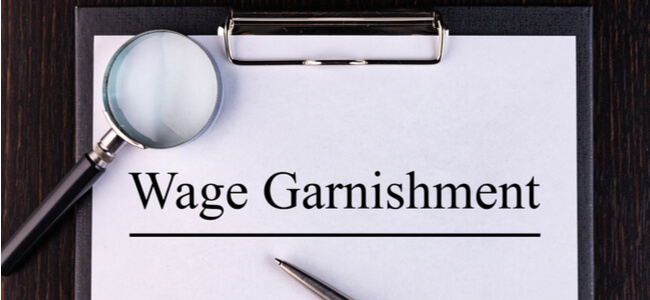Emergency Cash Loans 101

An emergency can arise out of some of the most unexpected situations and take you by surprise.
If you have funds you can access in a hurry, you may manage to quickly resolve unexpected financial situations. However, you might require a cash loan if you do not have access to funds when an emergency situation arises.
Read on to uncover potential sources of emergency financing when conditions call for a quick cash infusion.
Where To Go First
There are several ways to look for quick emergency loans, but you should always opt for the ones that pose as little financial risk as possible. You can search for both online and offline options depending on your situation. Here are some of the options to start evaluating.
Your Bank
Your bank should ideally be your first destination when opting for an emergency loan. Other private lenders might often lure you with a swift process and easy approval, but these offers might accompany less favorable terms and higher interest rates.
You may be able to use the following options to get an emergency loan from your bank:
- A signature loan or an unsecured loan
- A home equity loan
- A home equity line of credit (HELOC)
- A charge on the credit card issued by your bank
A Credit Union
While banks offer several options for securing an emergency loan, considering a credit union can also be a good strategy.
Credit unions are financial institutions, like banks, except the members own the credit union and the institution serves the members rather than shareholders. Credit unions offer personalized attention, which can significantly improve your chances of receiving approval.
P2P Lending
Another option to consider could be peer-to-peer (P2P) lending. There are various P2P lending websites that can connect you with institutions or individual lenders who want to lend to people like you.
The terms offered by P2P lenders can sometimes be more favorable when compared to banks depending on a borrower’s creditworthiness.
Where To Get An Emergency Loan
The approval process for application and disbursement of money will depend on factors like your credit profile, reason for borrowing, and your lender. There are a number of lenders that offer emergency cash immediately for bad credit.
Before signing on any loan offer, it is important to check all the important details related to the lender and the terms before making any decision. Here are three worthy options of consideration:
MoneyMutual
- Offers short-term loans of up to $2,500 at variable interest rates and loan terms.
- An application for emergency cash online is simple and can be filled in less than five minutes.
- Funds are usually made available in less than 24 hours.
- Not available in New York State or Connecticut.
CashUSA.com
- Provides loan amounts ranging from $500 to $10,000.
- Interest rates vary between 6-36% and loan terms can be between 3-72 months.
- Accepts all credit types and you can expect a swift loan decision response.
- Funds are directly transferred to your bank account.
BadCreditLoans.com
- Apply for loans in the range of $500 to $5,000.
- Interest rates range from 6-36% with loan terms for 3 to 60 months.
- Fill out a simple application for emergency cash online to experience a quick funding process.
- Expect to receive the funds the very next day.
Starting An Emergency Fund
Having an emergency fund can be the best option to overcome any financial difficulties that arise. If you have not considered it yet, now could be the best time to start building a personal fund.
If you are considering starting an emergency fund, here are five steps that you can take immediately:
- Calculate Your Monthly Income & Expenses - If you haven’t already, start tracking your monthly expenses including rent or a mortgage, taxes, utility bills, food, leisure expenses, and more.
- Establish Your Monthly Savings Goals - If your financial situation is less secure, you should consider saving as much as possible. Ideally, your emergency fund should cover three to six months of your living expenses.
- Create A Plan To Start Saving - Once you define your savings goals, you can prepare a plan to ensure you reach your savings goals.
- Keep The Emergency Funds Accessible - Using a liquid and accessible account for your emergency funds is important so you can easily reach the cash when you need it most.
- Follow The Plan - Once you have created the plan, make sure to follow it consistently.
Conclusion
If you ever run into an emergency financial situation where cash flow is an issue, there is a high probability of making a hasty decision. The key here is to not lose control and remain composed.
You must carefully analyze all your options, including selling assets or utilizing your emergency funds. If you do decide to take a cash loan, your final decision should be taken keeping in mind any eventualities or situations that can lead you to further debt.
Read more:



